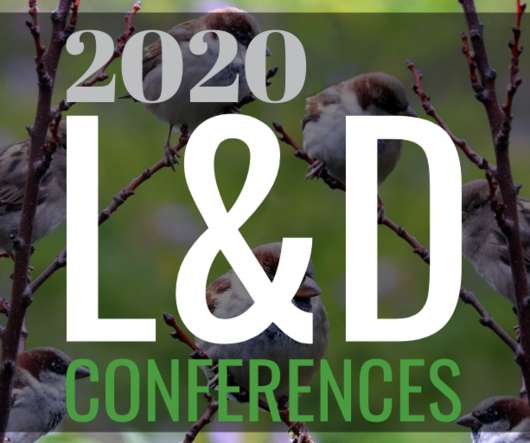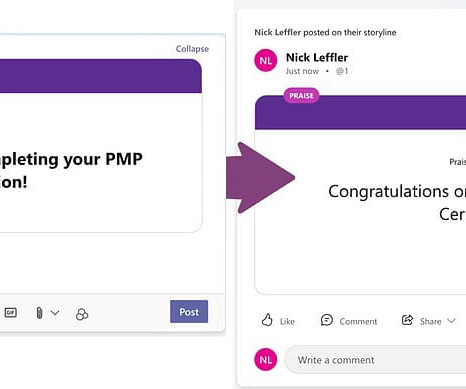12 features of supporting social collaboration in the workplace
Jane Hart
AUGUST 31, 2012
I am often asked how to support social collaboration in the workplace. 1 – moving from a focus on organising and managing training (which includes e-learning and blended learning) FOR others, to helping individuals and teams address their OWN performance problems. In other words, it means.










































Let's personalize your content